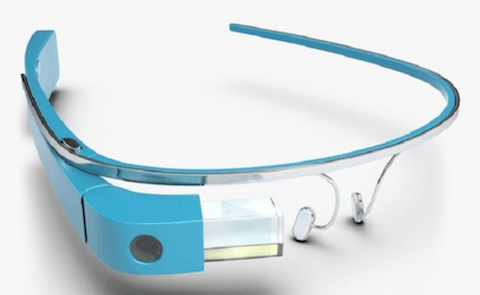
Google Glasses are a voice-controlled device that is wearable and resembles a pair of eyeglasses. The Google Glasses display information directly into the field of vision of the person wearing them. Google Glasses look like a pair of eyeglasses but the lens of the glasses is an interactive, smartphone-like display with natural language voice command support as well as Bluetooth and Wi-Fi connectivity. Does that sound like science fiction to you? If so, here’s another fact that will make the glasses seem even more futuristic to you. Google Glasses have the potential to be used by surgeons for a wide variety of plastic surgery procedures. According to a paper in the March 2015 issue of Plastic and Reconstructive Surgery, the official medical journal of the American Society of Plastic Surgeons (ASPS), the technology of Google Glass can possibly be utilized to enhance surgical training and patient safety. The article, by Christopher R. Davis, MD, and ASPS Member Surgeon Lorne K. Rosenfield, MD, of Stanford University, has a report on the very first plastic surgery procedure performed using Google Glass. When discussing the possibilities and benefits of using Google Glass for surgical practice and education, Davis and Rosenfield noted that "Google Glass is an exciting technology, attracting global interest from multiple industries, professions and individuals."
Google Glass Features
Google Glass is actually a rather simple piece of hardware and its components include:
How the Technology Helps in the Operating Room
Thanks to its ability to respond to voice commands, the device can be used in a hands-free manner by surgeons in the operating room. In fact, Dr. Rosenfield used Glass technology to perform the first plastic surgery procedure with Google Glass. He utilized the device to perform blepharoplasty (an eyelid surgery) in combination with a facelift procedure. According to Rosenfield, his experience using the technology helped highlight the need for further refinement of the Glass video camera resolution. He also discovered it is necessary for the surgeon to keep his head in a fixed position during the procedure. Dr. Rosenfield has since used an extra-wide LED light, which he had head-mounted on his Google Glasses, to improve the video clarity for the procedure.
Uses outside the Operating Room
One of the more intriguing possible applications outside the emergency room involves the ability of Glass technology to provide swift access to medical documents. In other words, doctors can potentially use the technology to find and view medical records and imaging studies. There has also been talk of using Glass technology for surgical training procedures as well as post-surgery reviews by the surgeon who performed the operation.
While the future use of Google Glass in the field of plastic surgery is uncertain, Drs. Davis and Rosenfield are hopeful for potential future use of the technology in surgery. In their March 2015 article, they do point out that "logistical, ethical and hospital legislative issues" need to be solved before Glass technology can be used in everyday clinical care.
Criticism of Google Glass
As awesome as Google Glass is, it has faced some criticism recently in regards to privacy. Early reports from testers suggested that users can expect "curious stares" from those around them whenever they have their glasses on. There have also been some incidents of fights and arguments between a Google Glass user and people around them who don't wish to be recorded in a public place. An example of such an occurrence is the case of Sarah Slocum; a Google Glass user who was allegedly harassed and attacked for wearing her Google Glasses in a bar. It's also been reported that, since then, a number of bars and restaurants in San Francisco have implemented a "No Glass" policy to prevent customers from recording other patrons.
At the moment, the public can’t get a pair of Google Glasses. The Glass technology has been available on and off for a number of years but Google stopped selling the glasses in early 2015. The company still offers Glass units to developers as well as companies who wish to explore its office applications as part of Google's "Glass at Work" program. This program examines how the wearable headset can help certain professionals in various fields including doctors. There is no word on when the Google Glass technology will once again be made available to the public.
- MA